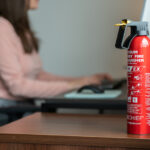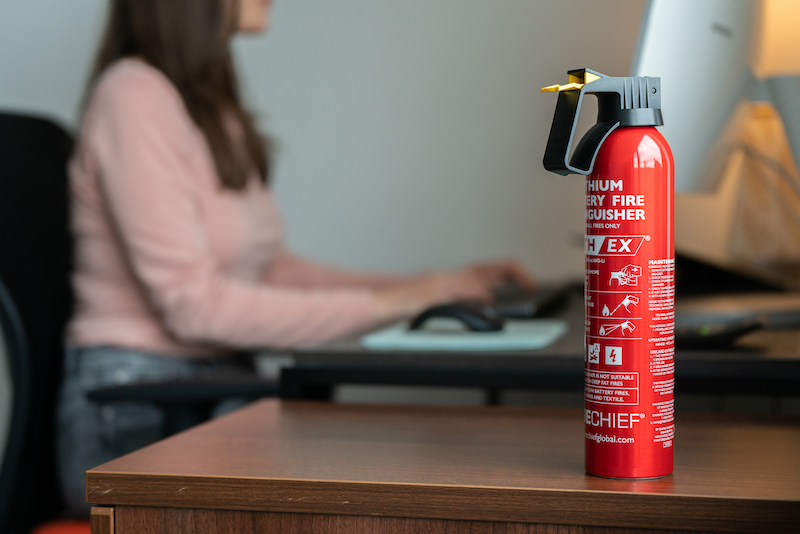

We understand that homeowners, families, and parents, are busy. Fire safety may not be at the forefront of your mind. But, by doing a home fire risk assessment, you can quickly identify the risks in your home, put safety measures in place, and protect your loved ones.
Why should you do a home fire risk assessment?
There are a multitude of risks in our homes – you can read about 12 of them here. And, unfortunately, fire risks are generally not considered until something happens to you or to someone you know.
Doing a home fire risk assessment takes a relatively small amount of time and can help you:
- Identify areas of risk in your home
- Remove or reduce the number of hazards in your home
- Make improvements to your environment to make it more fire safe
- Create an escape or fire reaction plan
- Keep your loved ones safe
We’re sure you’ll agree that the above points make spending a little time on it worthwhile!
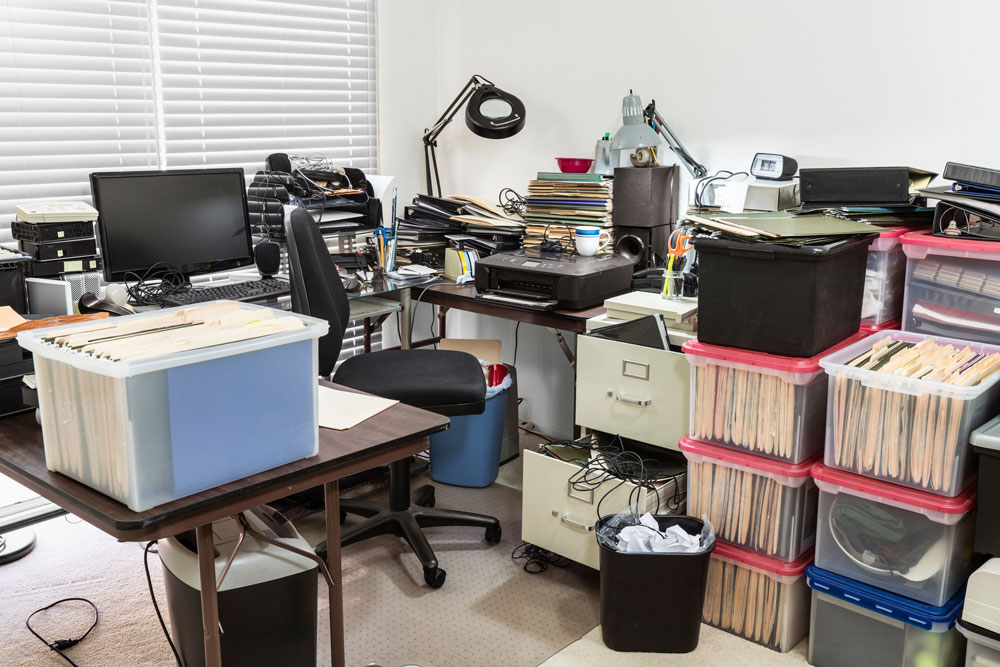
How to do a home fire risk assessment:
Step 1 – Identify any hazards in your home
The first step is to go around your home and try to note every potential hazard.
Part of this is knowing what types of things can cause fires.
This page by the London Fire Brigade is very useful for knowing what the hazards are.
The hazards can include:
- Electrical equipment
- Overloaded sockets
- Cooking equipment
- Piles of paperwork, newspapers, or books
- Clutter
- Candles and naked flames
- Children or pets being able to access ignition sources

Step 2 – Determine who could be harmed by the hazard and how
Anyone can be harmed by fire, but it is crucial to try and think about how each person would be affected.
Things to consider are:
- Who would be at risk in each area of the home
- Whether there are any children in the home
- Whether there are any elderly or disabled people in the home that would need more assistance getting to safety
- Are there any pets or animals on the premises?
- Are there regular visitors or people who may not be familiar with the building?
Step 3 – Evaluate and act by introducing safety measures to manage the risk
Once you’ve identified the risks and who may be particularly affected by them, you need to ensure that you make any changes you can to mitigate those risks.
These can include things like:
- Clearing any escape routes
- Creating an escape plan
- Investing in fire safety equipment such as extinguishers or fire blankets
- Fitting smoke or heat alarms (if you don’t already have them)
- Moving items out of the reach of children or animals
- Distributing plugs across multiple outlets
- Buying candle holders
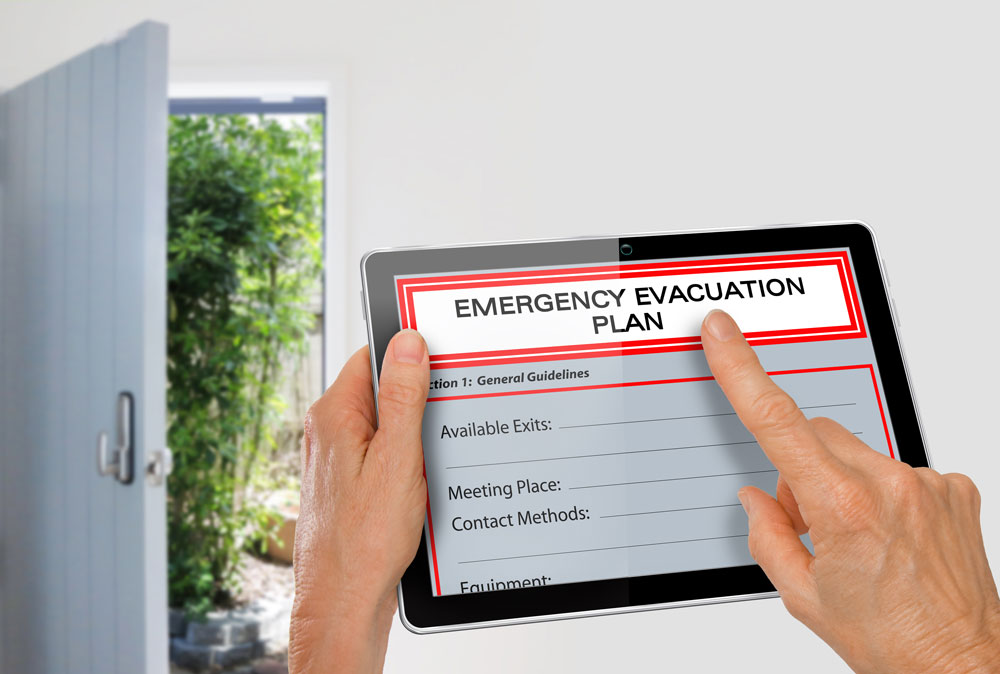
Step 4 – Record your findings and share with others
This stage is just as important as any other step.
Make sure that you write down your findings and changes, and then share them with the whole family.
This is for a multitude of reasons:
- To ensure that your family/other residents know about the risks and the changes you’ve made to protect them
- To make sure that everyone knows the escape route and what to do in the event of fire
- So that you know what risks there were and can keep an eye out for if those risks return or worsen (for example if you moved clutter or paperwork)
- To ensure that your fire safety equipment is maintained where needed and you know when it was bought
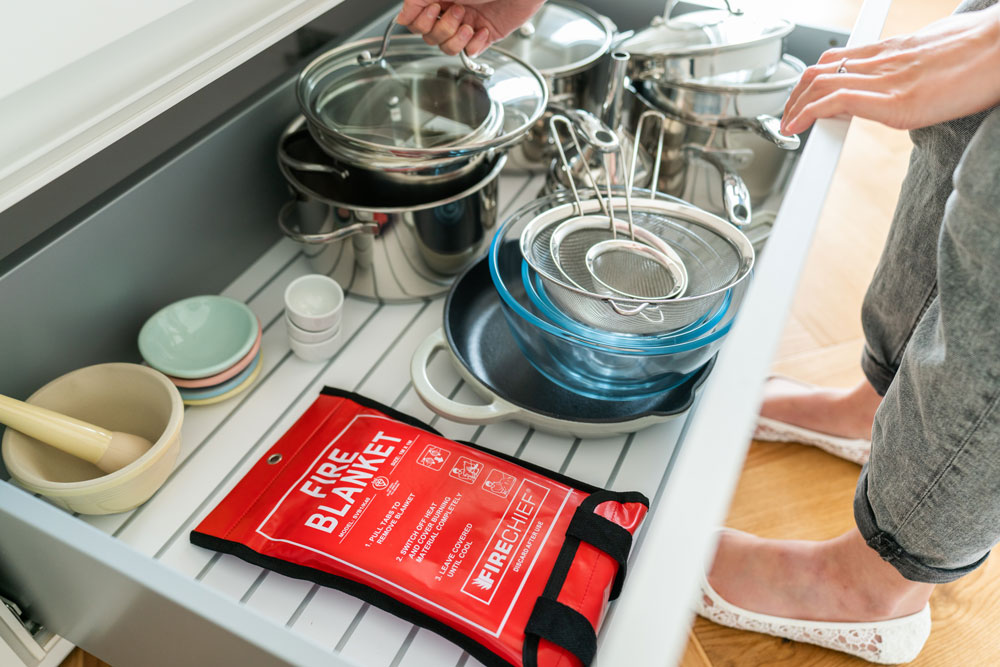
Step 5 – Review the assessment regularly and update it whenever necessary
Linked to points 3 and 4, you should review your assessment regularly and update it where needed.
Things change in our home all the time so it’s important to make sure that you are up to date with any risks that may arise.
This is especially relevant if a big change is planned in your home such as a renovation, extension, or another family member or person moves in or out.
Useful resources
The London Fire Brigade Home Safety page.
The Firechief® Global blog.
Disclaimer
The Firechief® range includes high-performance fire extinguishers, fire blankets, first aid kits, lithium-ion fire extinguishers and the Kitchen Stove Guard. For more information, call us on +44 (0)330 999 0019 or email sales@firechiefglobal.com.
The information contained within this blog is provided solely for general informational and educational purposes and is not intended as a substitute for professional advice. Before taking any actions based upon this information, we advise the reader to consult any and all relevant statutory or regulatory guidance and where necessary to consult a qualified fire or industry regulation professional. The use or reliance on any information contained herein is solely at the reader's risk.

